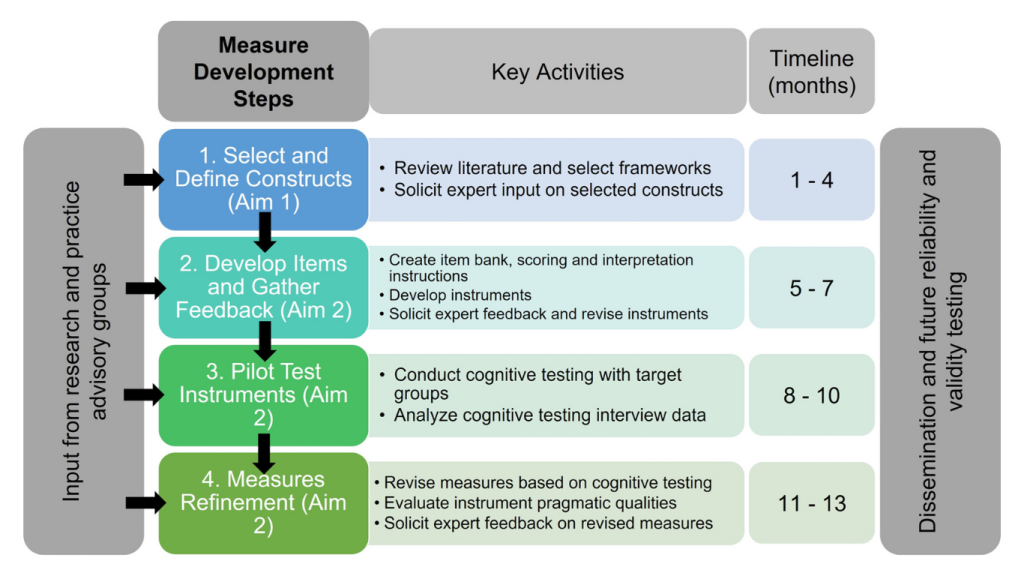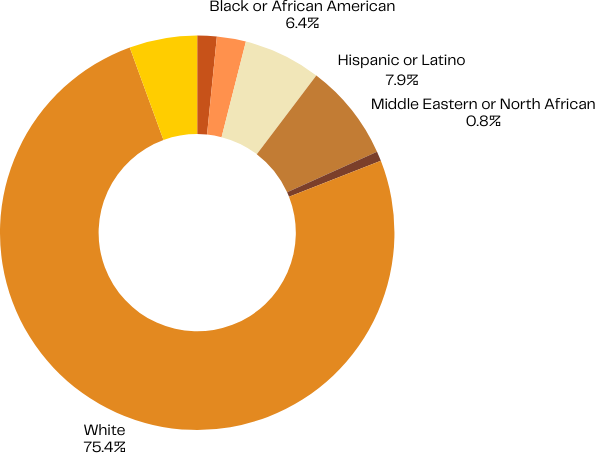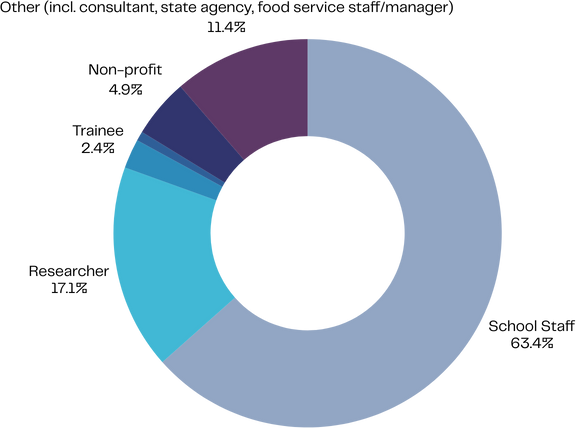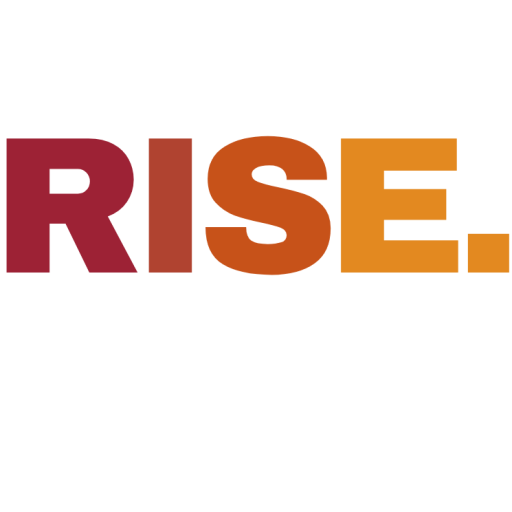How can we “mend the gap” in policy implementation? If we start with the evidence-based policy, we often only think about compliance and don’t consider all the steps needed to advance population health among those who are most underserved. Using implementation science allows us to measure implementation over time with a focus on those most at risk for chronic disease due to structural inequities.

Methods
Results
Implications
Policy Implementation Measurement Development
The goal of this work is to advance the field of policy implementation measurement so that we are primarily focused on EQUITABLE implementation, moving beyond compliance to policy
We developed an initial set of measurement tools that are grounded in implementation science and health equity frameworks. This will help researchers and practitioners effectively assess how policies and initiatives are implemented, and whether implementation prioritizes impact within socially and economically marginalized populations
Study Aims and Activities:

Methods and Findings
We sought feedback on the importance of specific factors that relate to policy and implementation science from a wide range of participants such as teachers/school staff, researchers, and those working in advocacy/non-profit settings


After receiving initial feedback, we then developed a series of survey tools for testing. These figures illustrate the feedback type (left; easy or moderate/difficult) and topic (right) we received from a wide variety of stakeholders through conducting interviews. This feedback was essential in helping us refine survey measures for dissemination.

Publications and Outputs
Investigating implementation of school health policies through a health equity lens: A measures development study protocol
Mending the gap: Measurement needs to address policy implementation through a health equity lens

